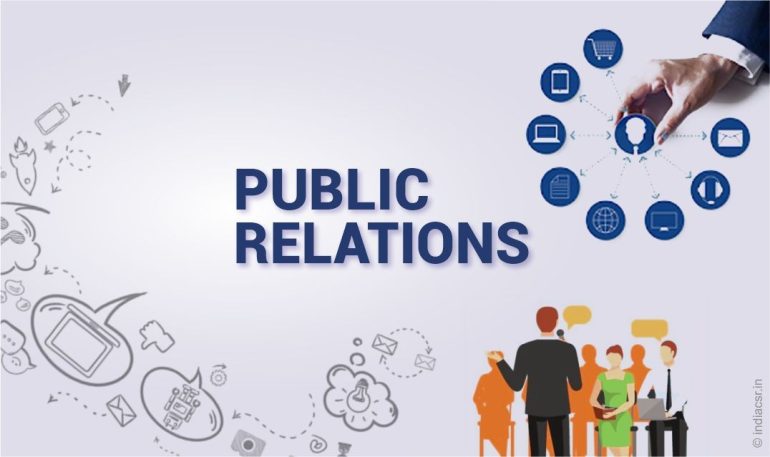In today’s hyperconnected world, strong public relations (PR) is no longer optional—it’s essential for every business aiming to thrive.
PR strategies help companies not only build visibility but also earn trust, manage crises, and foster meaningful relationships with customers and stakeholders.
A solid PR plan can transform how your brand is perceived, open doors to new opportunities, and even safeguard your reputation during tough times.
But effective public relations isn’t just about sending press releases; it’s about crafting a cohesive strategy that aligns with your brand values and goals.
We will explore the top 10 PR strategies every business should know, ensuring you stay ahead of the competition and create a lasting impression in your industry.
1. Craft a Strong Brand Story

Storytelling is the foundation of successful PR.
A compelling brand story humanizes your business and helps audiences connect emotionally.
Focus on your mission, history, and the value you bring to customers.
Tip: Keep your story authentic and consistent across all platforms.
2. Build Relationships with the Media
Good PR thrives on strong media relationships.
Journalists, bloggers, and influencers can amplify your message to wider audiences.
Tip: Regularly update your media list, personalize your pitches, and always respect journalists’ time and deadlines.
3. Master the Art of the Press Release
A well-written press release remains a powerful PR tool.
Use it to announce product launches, company milestones, or important partnerships.
Tip: Ensure your press release answers the “who, what, when, where, why, and how” clearly and concisely.
4. Leverage Social Media for PR
Social media is a direct channel to engage with your audience and control your narrative.
Platforms like X (formerly Twitter), LinkedIn, Instagram, and Facebook allow businesses to share news instantly and interact with followers.
Tip: Post regularly, respond to comments, and participate in trending conversations where appropriate.
5. Create Thought Leadership Content
Positioning your executives as industry experts builds credibility and influence.
Thought leadership articles, podcasts, interviews, and speaking engagements can significantly boost your brand authority.
Tip: Focus on providing value rather than promoting your products directly.
6. Monitor Your Brand Reputation

Brand monitoring tools can help you track online mentions, reviews, and media coverage.
Early detection of potential PR issues allows you to respond quickly and minimize damage.
Tip: Use tools like Google Alerts, Mention, or Brandwatch for real-time updates.
7. Develop a Crisis Communication Plan
Crises can strike at any time.
Having a crisis communication plan ensures you’re prepared to respond swiftly and effectively, maintaining public trust.
Tip: Identify possible risks, assign spokespersons, and rehearse crisis scenarios with your team.
8. Collaborate with Influencers
Influencer partnerships can extend your reach and enhance credibility, especially in niche markets.
Choose influencers whose values align with your brand.
Tip: Focus on genuine, long-term relationships rather than one-off promotions.
9. Host Events and Webinars
Events create opportunities for media coverage, customer engagement, and brand visibility.
Virtual webinars have become especially important for global reach.
Tip: Make your events informative, interactive, and aligned with your audience’s interests.
10. Measure Your PR Efforts
Success in PR isn’t just about visibility; it’s about impact.
Track metrics such as media impressions, website traffic spikes after coverage, sentiment analysis, and share of voice.
Tip: Regular reporting helps refine your strategy and demonstrate ROI to stakeholders.

